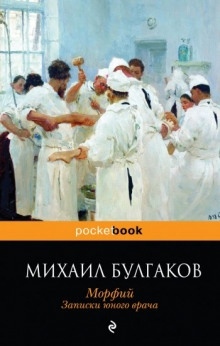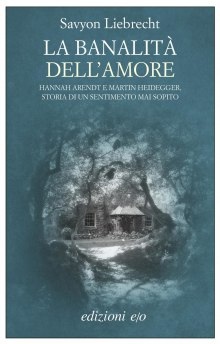
Cupioli-Luxury-House Stefano, 51 год, Rimini
- Страна: Rimini, Италия
- Дата рождения: 22.09.1973
- Пол: мужской
- ВКонтакте: 231450778
- Университет: Вуз: Accademia di Belle Arti di Bologna
- Образование: Школа: Liceo Classico Dante Alighieri, 1990 - 1995
architettura - Skype: stefano.meli5
- Деятельность: Accademia di Belle Arti di Bologna
- Место работы: CUPIOLI/PLURIFORM, 1960 - 2013, OWER
- Языки: English, Italiano
- Книги: Переводы детских стихов английских поэтов. Переводчик Мария Кошель (Мария Кошель); Сабрина. Вязание для детей. №2/2019 (Группа авторов)
- Аудиокниги: Школа добродетели (Айрис Мердок); Жутко громко и запредельно близко (Джонатан Сафран Фоер)
Фотографии 182
Друзья 27
Cupioli-Luxury-House слушал аудиокниги
Записки юного врача
Михаил Булгаков

04:13:10
Чудесный доктор
Александр Куприн

04:00:00
Живописец из Сибири (Василий Суриков)
Зоя Чернышева

13:15:00
Банальность любви
Савьон Либрехт

04:24:37












































































































